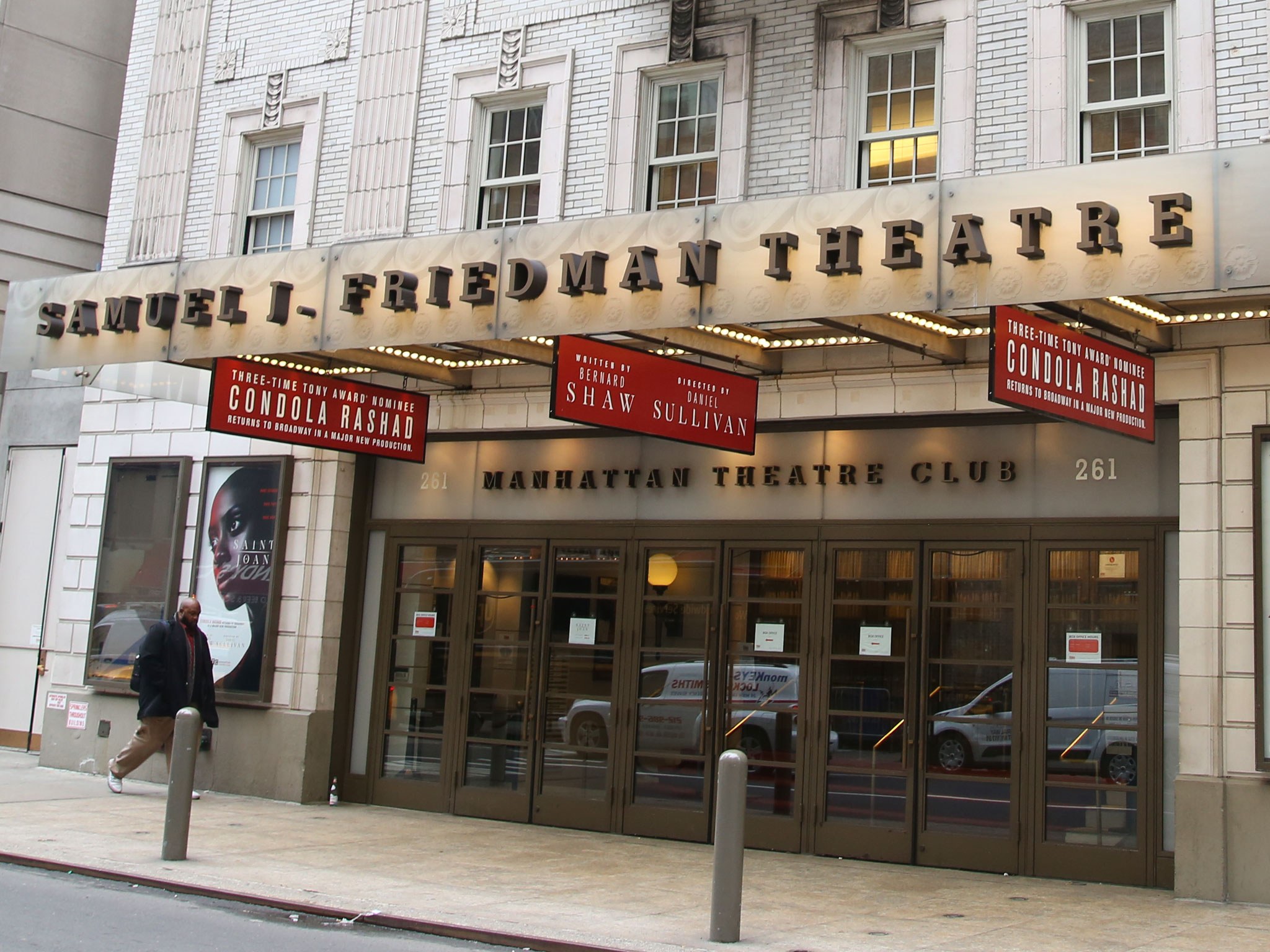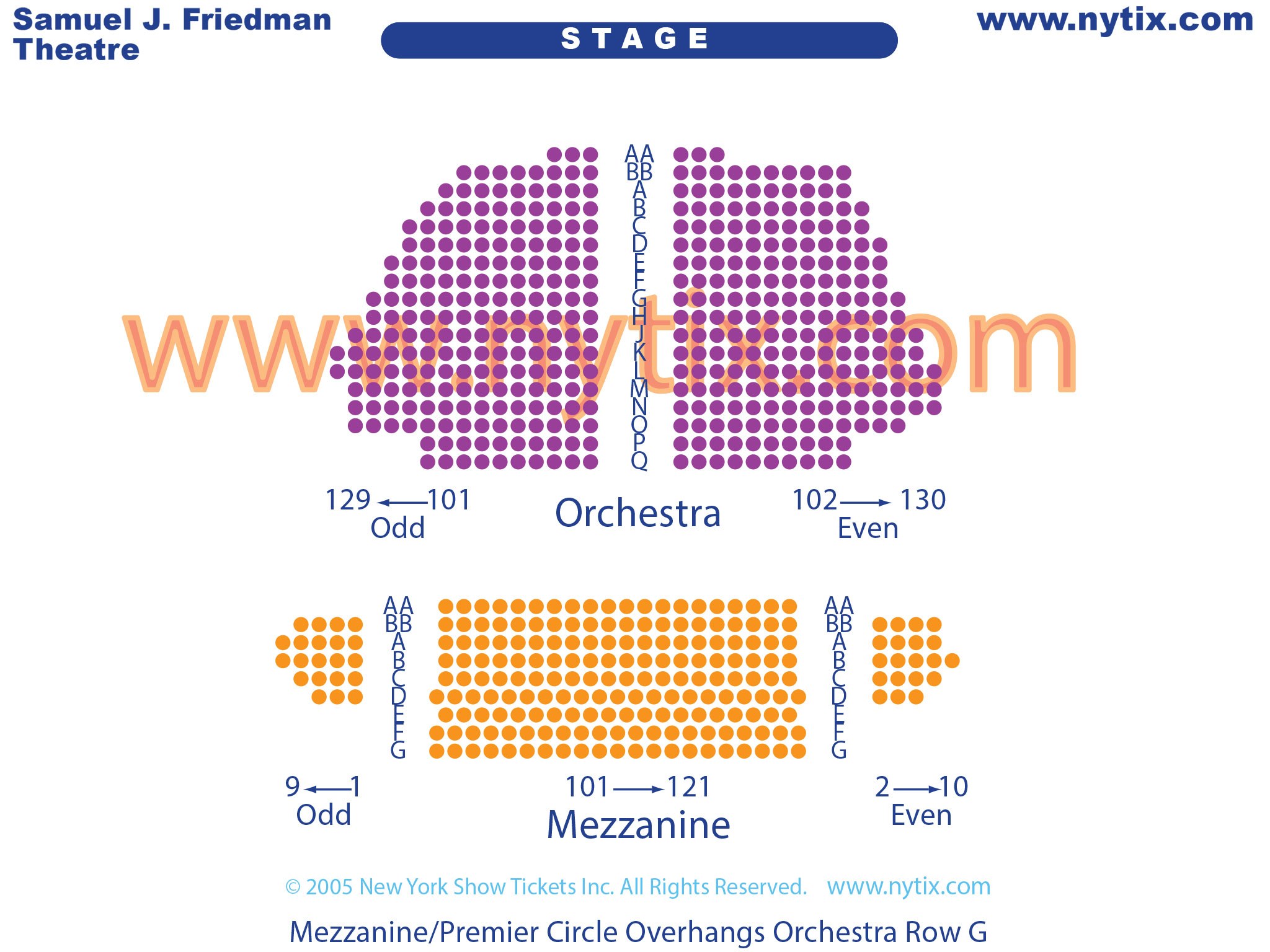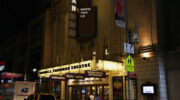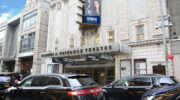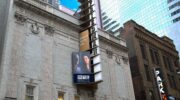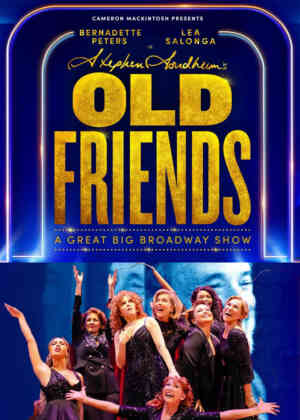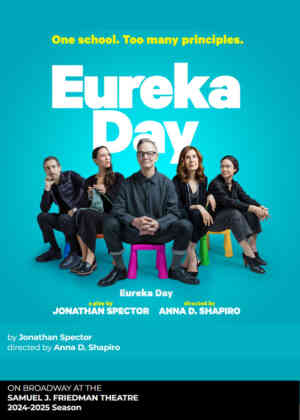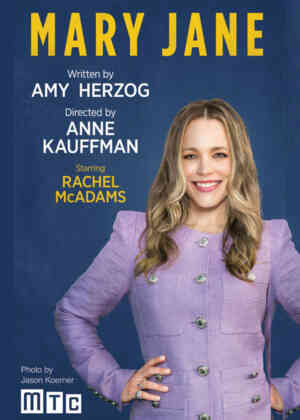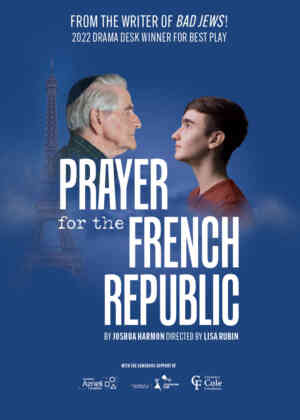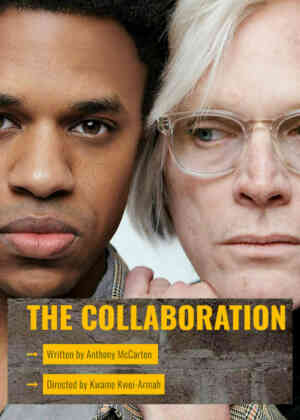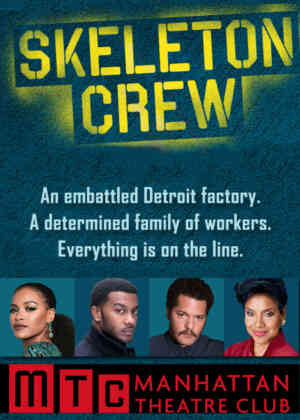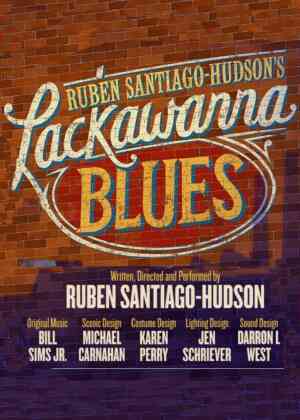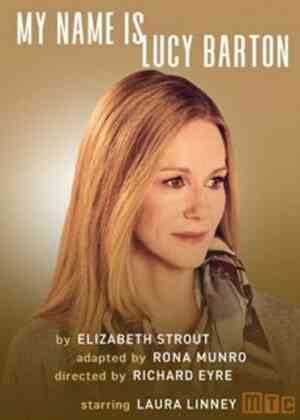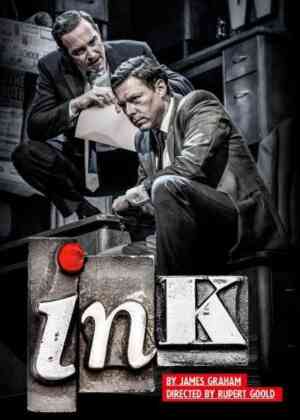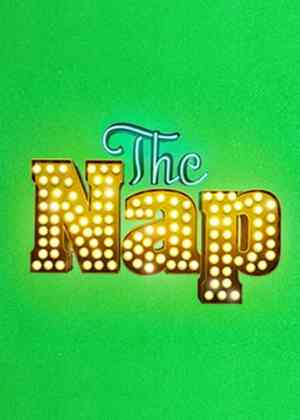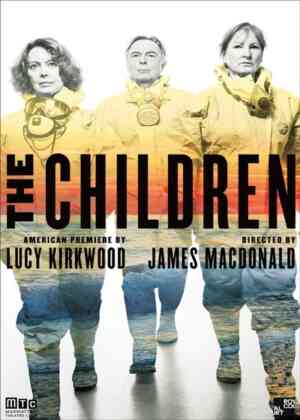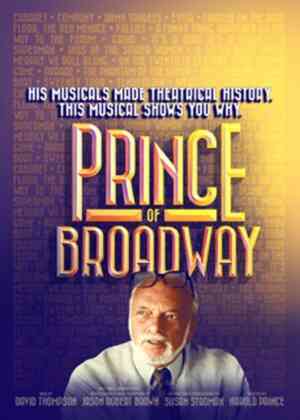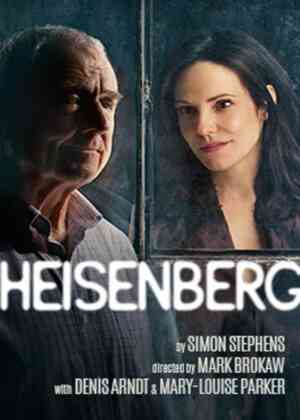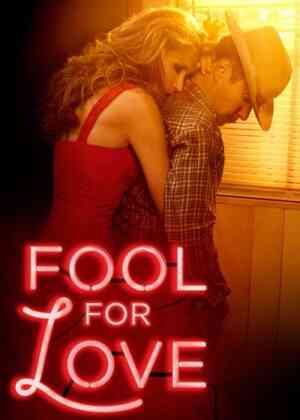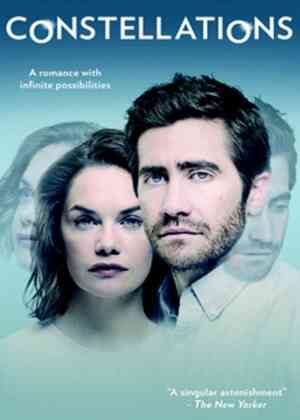Directions & Box Office
- Directions: Take the A, C, E or 1, 2, 3, 7, N, R, S subway to 42nd Street . Walk north on Broadway to 47th Street.
- Entrance: 47th Street between 8th Avenue and Broadway The Samuel J. Friedman Theatre is located on 47th Street between 8th Avenue and Broadway.
- Box Office Hours:
- Monday:
- 12pm - 6pm
- Tuesday & Wednesday:
- 12pm – 7:30pm
- Thursday, Friday & Saturday:
- 12 – 8:30pm
- Sunday:
- 10am – 6pm
- On matinee days, the box office opens at 10am:
Best Seats In The House
- Seats: 650
With the renovations completed in 2003, the Samuel J. Friedman Theatre now only holds 650 seats, from the 1000 seats that used to be in this theatre.
With the front mezzanine now having the best viewing lines of the stage, though there are very few obstructed views in the house.
As with most small Broadway theatres, sightlines and acoustics are great from nearly every seat in the house.
Parking for Samuel J Friedman Theatre
The closest parking garages for Samuel J Friedman Theatre are located at:
- Central Parking System
- 257 West 47th Street
New York, NY 10036 - 212-246-2371
- Icon Parking Systems
- 235 West 48th Street
New York, NY 10036 - 212-245-9421
The closest parking is not always the best as it often takes longer to park and retrieve your vehicle as fellow theatre goers have the same idea. A better choice of parking may be the second choice or further away by a couple of Avenues.
Additional Notes
Landlord: Manhattan Theatre Club (MTC)
Official Ticketer: Manhattan Theatre Club (MTC)
Notes:
Formerly the Biltmore Theatre.Elevator: Yes
Escalator: No
Disabled Access Notes:
An elevator is located to the right of the box office with access to all levels of the theatre.
However, there are still some small stairs located in the aisles. To avoid these, purchase a ticket in Row P or Q in the Orchestra, Row AA in the Premier Circle, or Row F in the Mezzanine.
Motorized lifts are also available for those who have trouble with the small stairs.
Now Playing Stephen Sondheim's Old Friends
- Previews Began: March 25, 2025
- Opens: April 8, 2025
- Show Closes: June 29, 2025
Get Tickets
Upcoming Shows
Punch
- Previews Begin: September 10, 2025
- Opens: October 7, 2025
- Show Closes: January 4, 2026
View Show Information
Previous Shows
Eureka Day
- Opened: December 16, 2024
- Show Closed: February 16, 2025
Prayer for the French Republic
- Opened: January 9, 2024
- Show Closed: March 3, 2024
Jaja's African Hair Braiding
- Opened: October 3, 2023
- Show Closed: November 19, 2023
Summer, 1976
- Opened: April 25, 2023
- Show Closed: June 18, 2023
The Collaboration
- Opened: December 20, 2022
- Show Closed: February 11, 2023
Cost of Living
- Opened: October 3, 2022
- Show Closed: November 6, 2022
How I Learned to Drive
- Opened: April 19, 2022
- Show Closed: June 12, 2022
Skeleton Crew
- Opened: January 26, 2022
- Show Closed: February 20, 2022
Lackawanna Blues
- Opened: September 28, 2021
- Show Closed: November 12, 2021
My Name is Lucy Barton
- Opened: January 15, 2020
- Show Closed: March 1, 2020
The Height of the Storm
- Opened: September 24, 2019
- Show Closed: November 24, 2019
Saint Joan
- Opened: April 25, 2018
- Show Closed: June 10, 2018
The Children
- Opened: December 14, 2017
- Show Closed: February 4, 2018
Prince of Broadway
- Opened: August 24, 2017
- Show Closed: October 29, 2017
The Little Foxes
- Opened: April 19, 2017
- Show Closed: July 2, 2017
Heisenberg
- Opened: October 13, 2016
- Show Closed: December 11, 2016
The Father
- Opened: April 14, 2016
- Show Closed: June 19, 2016
Our Mother's Brief Affair
- Opened: January 20, 2016
- Show Closed: March 6, 2016
Fool For Love
- Opened: October 8, 2015
- Show Closed: December 13, 2015
Airline Highway
- Opened: April 23, 2015
- Show Closed: June 7, 2015
Constellations
- Opened: January 13, 2015
- Show Closed: March 15, 2015
The Country House
- Opened: October 2, 2014
- Show Closed: November 9, 2014
Samuel J Friedman Theatre History
The Samuel J. Friedman Theatre, known for many years as the Biltmore, has one of the more interesting histories of the theaters on Broadway.
First Shows
In 1926, the opening show at the Samuel J. Friedman Theatre, back when it was called the Biltmore Theatre, was Owen Davis’ Easy Come, Easy Go, though it was not the show’s opening night. Subsequent notable productions included My Sister Eileen, No Exit, The Heiress, Barefoot in the Park, Loot, and Hair. Since reopening in 2003 with Richard Greenberg’s play The Violet Hour, the theater has hosted such new dramas as Rabbit Hole, Mauritius, Time Stands Still, The Pitmen Painters, and Good People.
Theatre Changes Hands
In the midst of the 1929 Depression, the venue's owners, the Chanin brothers, lost the Biltmore to the Federal Theatre Project, where shows for entertainment were replaced with shows for news content.
A few years later, the theatre was bought by the film studio at Warner Brothers to be used as a vehicle for displaying the work of George Abbott, who was an American theater producer and director, playwright and screenwriter. In the movies Abbott was also a film director and producer whose career spanned eight decades.
Becomes TV and Radio Studio
The Biltmore was leased to CBS in 1952 for use as a TV and radio studio, returning to a legitimate theater about a decade later. The Biltmore stood dark for years after a fire in the late '80s and was finally was bought by James Nederlander and Stewart Lane in 1993.
Manhattan Theatre Club Takes Ownership
Eventually the non-profit Manhattan Theatre Club (MTC), which took over the Biltmore Theatre as a Broadway venue for their productions, began a $35 million renovation of the theater, finally reopening it to the public in October 2003. The Biltmore was re-named the Samuel J. Friedman Theatre in 2008.
Samuel J Friedman Theatre Design
Constructed in 1925, the Samuel J. Friedman Theatre (formerly called the Biltmore) was built by the Chanin brothers, who used famed architect of the era Herbert Krappto design it. The original Biltmore Theatre was built with approximately 1000 seats and a single balcony. When renovated, the number of seats in the theater was reduced to 650, creating a more spacious feel for each patron. The Biltmore Theatre’s interior had been made a New York City landmark just prior to its devastating fire in 1987.
